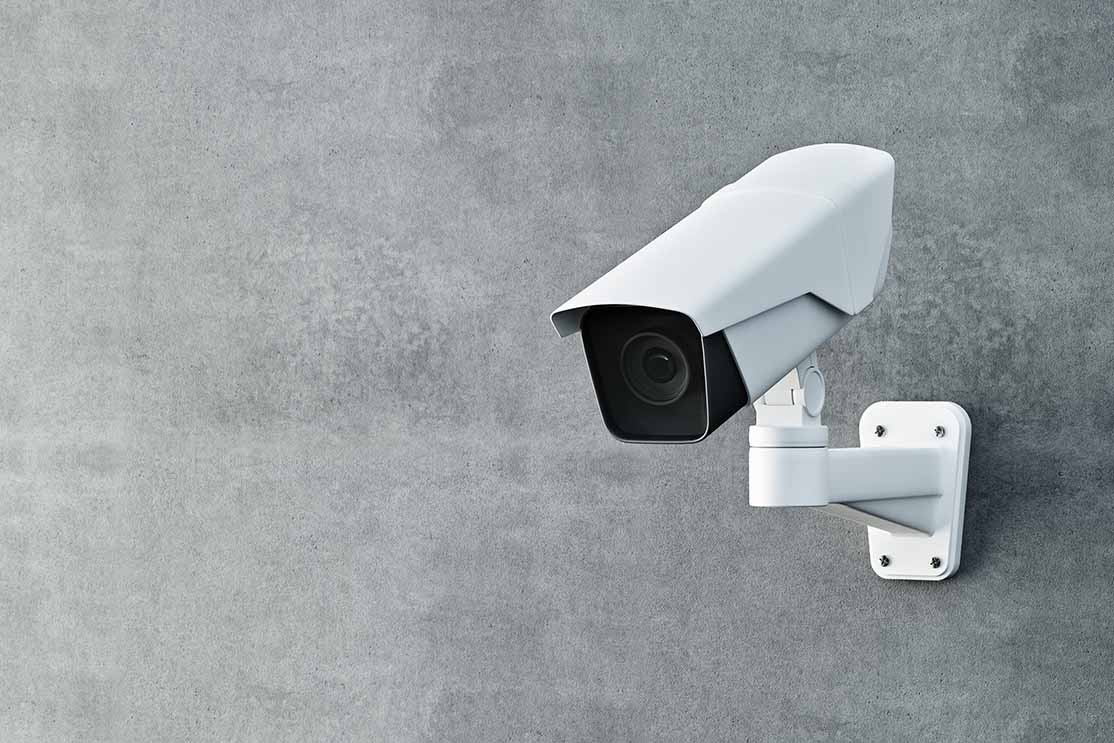IPM is an approach to protect crops from pests. These include weeds, birds, rodents, insects, mites, snails, nematodes, and pathogens that cause diseases.
 Pest Control Grapevine TX preventive strategies start with the correct identification of the problem and assessment of risks. They include crop rotation, planting pest-resistant species, and using pre-treated seeds.
Pest Control Grapevine TX preventive strategies start with the correct identification of the problem and assessment of risks. They include crop rotation, planting pest-resistant species, and using pre-treated seeds.
Integrated control methods are safe and environmentally friendly. They also help to delay the evolution of resistance.
Mechanical And Physical Controls
As part of an integrated pest management strategy, mechanical and physical controls can be used to disrupt a pest’s life cycle and help keep them at low levels. They can include hygienic facilities, cleaning practices, exclusion or limiting access, changing habitat, behavioral modifications, and removal of pests. These methods can be as simple as picking the outer leaves off a head of cabbage to prevent aphids from crawling onto it, or as complex as installing traps or nets.
The goal of integrated pest management is to use a combination of techniques to manage pests and their damage so that the costs of control are lower than the economic losses caused by the pests. The Environmental Protection Agency promotes this philosophy with numerous initiatives, including the PestWise program and the Federal Integrated Pest Management Coordinating Committee (FIPMCC), which provides leadership, management, and coordination on pest management issues, as well as working with private organizations and individuals to achieve a common agenda for integrating pest control practices into all agricultural and urban landscapes.
IPM includes preventive tactics such as inspections, monitoring, and record-keeping, which can be used to identify problems and make decisions about when to control them. The objective is to keep pest populations below damaging levels, without causing harm to humans, plants, or ecosystems.
It is important to understand the difference between prevention, suppression, and eradication. Prevention is the best approach, as it reduces pest numbers before they cause a problem. Suppression involves reducing pest populations to an acceptable level, and eradication means destroying an entire population of pests. The goal of any integrated pest management plan is to reduce the need for chemical treatments.
Biological control uses predators, parasitoids, or disease organisms to naturally reduce pest populations. The simplest form of this is encouraging natural enemies by planting flowering plants, providing food for them, or making other changes to the environment that they need. This method can be more effective than pesticides, especially in urban areas where there are fewer natural enemies.
It is also a less toxic option that can be used when other methods are not sufficient. It requires knowledge of the biology and ecology of the pests, and the ability to monitor and predict their behavior. This can be done through scouting, and by using tools such as traps and monitors to collect data on pest populations. It can also be accomplished through the use of beneficial insects, weeds, resistant crop varieties, and habitat modification.
Biological Controls
Biological control is one of the cornerstones of integrated pest management strategies. It uses predators and parasitoids to reduce pest populations. Biological control is non-toxic, energy-efficient, and sustainable. It also promotes the development of plant resistance and tolerance to pests, thereby reducing or eliminating the need for chemicals (see also: Chemical Controls).
Unlike most synthetic pesticides, biological controls do not pose significant risks to non-target organisms. In addition, the use of biological controls can help to reduce pesticide usage and therefore decrease environmental harm associated with the overuse of pesticides.
There are several ways to implement biological control, including the importation of exotic natural enemies and the conservation and release of native ones. The most common biological control schemes involve the introduction of parasitoids and predators targeted against insect pests or mites, but nematodes, bacteria, and viruses are also used in arthropod biocontrol.
The main objective of biological control is to bring the pest population below an economic threshold, rather than eradicate it. The success of biological control depends on the ability of the natural enemy to find and prey on the pest, its capacity for fast growth and reproduction, and its compatibility with the target ecosystem and climate. It may take six to ten generations or more for the impact of classical biological control to be fully realized.
Although there are certain limitations of biological control, such as its vulnerability to host plants and adverse weather conditions, it is a safe and cost-effective option for sustainable pest control. It can be combined with other methods of managing pests, such as resistant crops, cultural techniques, physical barriers, and semiochemicals.
Biological control is a highly desirable approach because it is environmentally friendly, sustainable, and compatible with diversified agriculture. It is a particularly useful method for the control of insects that have developed resistance to conventional insecticides, and it can contribute to the eradication of pesticide dependency and the protection of human health.
It is important to keep in mind that implementing biological control requires careful planning and risk assessment, as many potential problems can arise. As a general rule, biological control agents should be carefully tested before their release into the field. These tests can include observing the natural behavior of the biological control agent, assessing its feeding on target species, and examining its ability to persist in the landscape.
Cultural Controls
The goal of cultural controls is to make crops less attractive to pests by making them unsuitable for food, shelter, or breeding. This may be achieved by changing plant morphology, cropping systems, water management, or other production practices to reduce the ability of the pest to reproduce or survive in the field. These practices also promote natural enemies of the pest (predators, parasites, nematodes, competitors, and weeds) and alter environmental conditions that favor pest growth or survival.
Cultural control methods use information about a pest’s life history to manipulate its environment or its behavior. These strategies include planting trap crops to lure insects away from the main crop or using biological controls to reduce insect populations.
Other strategies involve altering the timing of planting or harvest to prevent the pest from gaining access to the crops. This technique, known as phenological asynchrony, can be used to reduce damage from many pests. For example, growing sweet corn in the spring and harvesting before the emergence of corn earworms can significantly reduce damage from this pest. Delaying the harvest of apple or peach trees to allow them to develop their fruit before codling moth or shot hole borers emerge can greatly reduce damage from these pests.
Planting sods, trees, bushes, and flowers that are adapted to the local climate and soil types can help reduce pest problems. This is accomplished by selecting species that have a high natural resistance to the diseases and pests common in the area. Proper soil conditioning, water, and fertilizer application can further improve the health of the vegetation, making it less attractive to pests.
In addition to being less harmful to human and animal health than chemical treatments, most cultural methods are cheaper to implement. Furthermore, these approaches tend to be more effective than chemical controls against a specific pest or group of pests. Finally, if implemented correctly, they can provide long-term results and are not susceptible to some of the disadvantages associated with the use of chemicals, such as the development of resistant organisms, the accumulation of undesirable residues in food and feed crops, the destruction of natural ecosystems, or the killing of non-target organisms (Altieri and Nicholls 2004; Wyckhuys et al. 2019a).
Chemical Controls
Chemical control involves the judicious use of pesticides when other methods are not sufficient. The goal is to kill only the unwanted pests while avoiding harming beneficial insects and other organisms in the process. Pesticides are usually synthetic chemicals, which are designed to kill a specific type of organism – insects, weeds, bacteria, or other plants. The name of the chemical is revealed by the organism it kills — insecticides kill insects, herbicides kill weeds, fungicides kill fungi and rodenticides kill rodents. Chemicals can also be naturally derived substances, such as plant oils, nitrates, and sulfates, or horticultural products (such as fungicidal soaps and biosolids).
Sustainable pest management relies on regular monitoring of crops and pest populations to determine when and how much pesticide to apply. This can be done through traps, scouting, and other surveillance techniques. It is important to set an action threshold that will focus on the size, scope, and intensity of the pesticide application. This will ensure that any pesticide applied is necessary and does not exceed tolerance limits for the crop or human health and safety.
Many of the most widely used pesticides are systemic, meaning they enter the plant and travel throughout it to kill the pests. The problem with this is that it can cause damage to the whole plant, including healthy tissues. Furthermore, pesticides can accumulate in the environment and threaten human health. They can also contaminate water, soil, and air, and interfere with the natural functioning of the ecosystem.
Integrated Pest Management is a way of managing pests and protecting the environment that was first developed in the country by government extension agents and farmers. It is now a requirement of federal law (7 U.S.C. 136r).
Research has shown that truly integrative pest management will not be achieved through the current paradigm of chemical suppression of all organisms and will only be successful through fundamental changes in agriculture practices. Promoting cultivated and wild plant biodiversity on every scale will not only provide pest regulation but will also improve overall agroecosystem function and stability.



:max_bytes(150000):strip_icc()/DIAMONDRAW474-1ba03430361a41d88cabf2dd07150599.jpg)